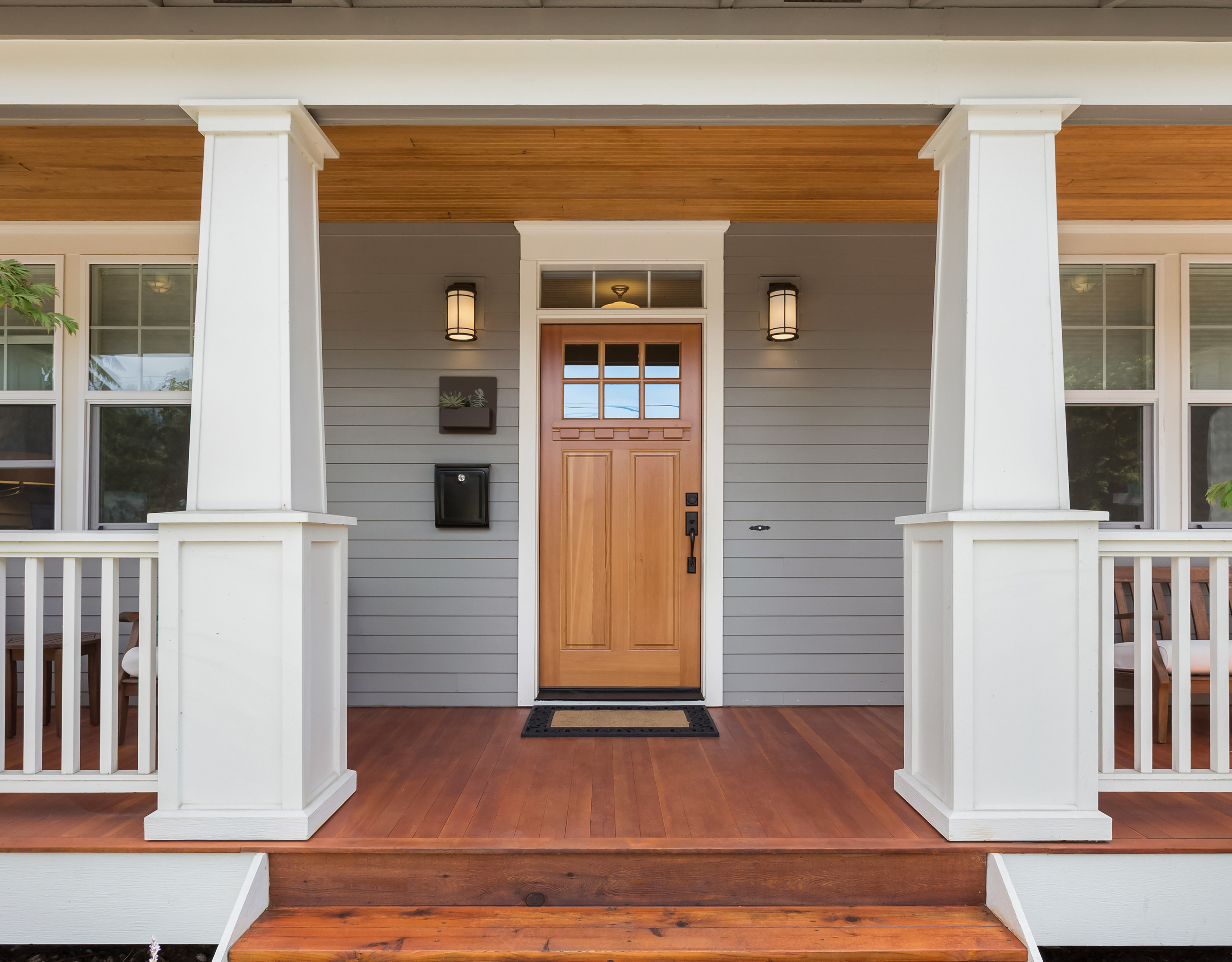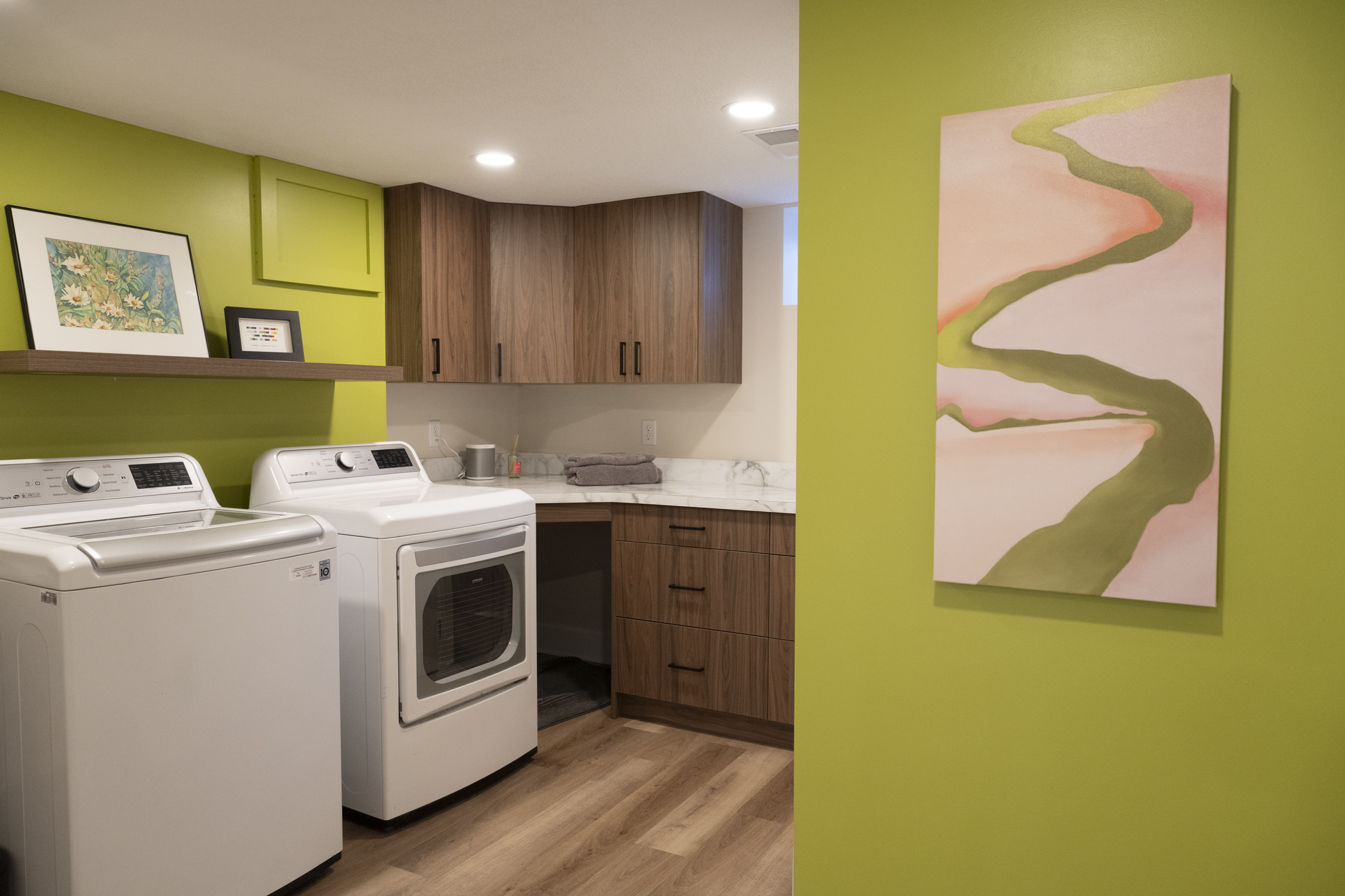Many people turn inward for rejuvenation and actively seek out ways to take a break from the everyday stresses of life. Wellness spaces, which are commonly talked about these days, don’t have to be outside of the home – you can create a space that supports relaxation and relief right in your own home.
While these spaces go by many different names – relaxation rooms, wellness rooms, or quiet rooms, for example – all names have the same objective: give its inhabitants a place to recharge.
What is a Wellness Room?
“Any space that will drop your blood pressure a couple of points when you walk into it,” says one of Bluestem’s designers.
For example, this could be a place to meditate, practice yoga, take up an artistic hobby, work out, or read, among many other relaxing activities.
Bringing Together the Right Elements for Your Wellness Room at Home

You can create a wellness room within a spare guest room, basement space, or under-used nook of your home. A professional design expert can help make sure your space includes the most appropriate lighting, materials and configuration to help you bring your ideal space to life and best fit your needs.
To achieve its goal, you want your quiet room to not just be aesthetically pleasing, but highly-functional and tailored to your individual needs so that you can fully unwind and relax.
The Sound of Silence (or not)
You always want to consider sound within the space. There are different ways to help control the influence of the outside world so your interior space can be what it aims to be. Approaches for noise control can range from deeper construction interventions to acoustic insulation to simply surface treatments.
While some people may crave quiet, others may want to rock out. If you’d like to use your space as a home gym – where you can blast ACDC or your favorite TV show – the rest of your household might appreciate a sound barrier.
Lighting Sets the Tone
Lighting can greatly help this room do what you want it to do, whether you’re using it for yoga, meditation, reading, running, or weight-lifting.
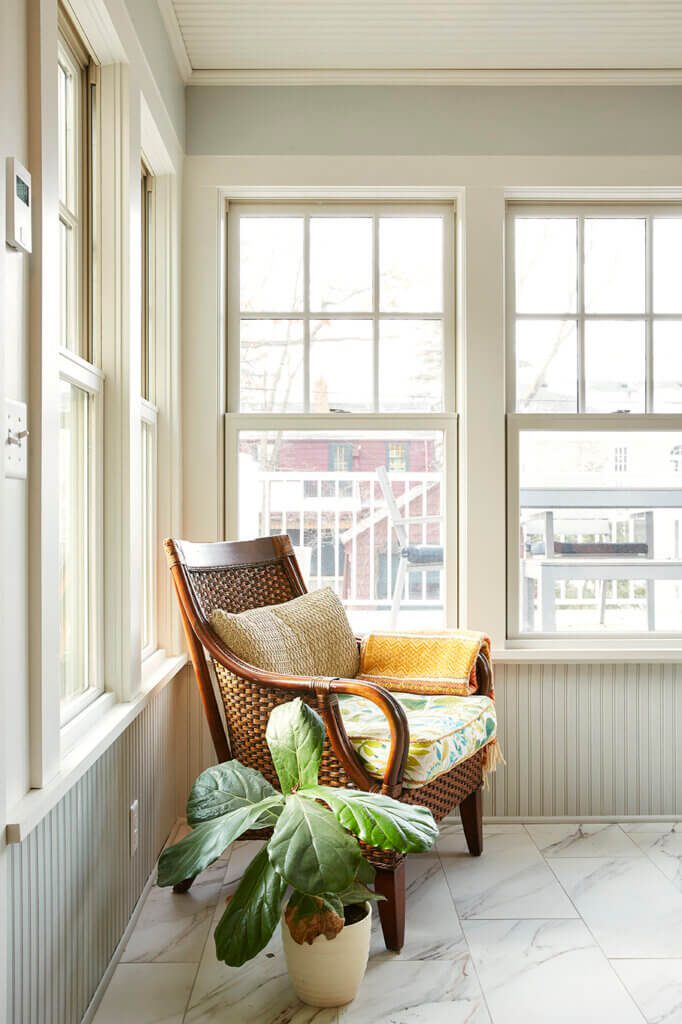
“I like to disperse the light around the room instead of keeping it centralized,” notes Mark Ferraro-Hauck, co-owner of Bluestem Remodeling. “A bright light in your face doesn’t allow your eyes and mind to rest. We can eliminate that by installing various light sources throughout the room.”
Depending on your personal preference, you may want warmer or cooler lights. Take time to experiment to find which tone gives you a sense of ease.
Before you commit to the location of a wellness space in your home, think about how much natural light it will get. Will that amount make you feel more relaxed? Do you want as much natural light as possible, or would you prefer a darker space?
Pro-tip: Strategic mirror placement can also help lift spaces and distribute light in different ways. Or, if you don’t want to stare at your reflection, but want the added benefit of light disbursement, smoked glass can add a soothing, subtle gesture and is less intrusive.
Imbuing the Room With Natural Materiality
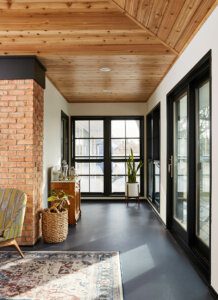
Many people are drawn to natural materials. Elements like wooden floors offer functional versatility, which is great if your wellness room will serve multiple purposes.
But you don’t have to stop at the floor. Natural materials on the walls and ceiling and accent pieces can surround you in a way that alludes to being outside in a natural environment.
“You can also use a woven carpet that doesn’t feel synthetic,” suggests Ferraro-Hauck. “This is a great space to play around with colors and textures on the walls. You can even try a darker color on the ceiling. This design choice isn’t typical, but can be calming, almost like creating a weighted blanket out of the room.”
The Right Layout
Wellness spaces work best with a dedicated space for free movement (6-8 feet in diameter is a good baseline). This allows you to stretch your legs and have a good range of motion.
A wellness room’s ideal placement in the home can vary, depending on your current household. If you’re a single person or empty nester, it might be central to your life – and it might make sense to have it among your everyday spaces. If you’re living within a more crowded home, you might want a more removed location.
Temperature, Air Quality and Materials: Health & Wellness Considerations
Comfort is key to relaxation. If you’re not physically comfortable, you might not be able to achieve the relaxation you’re seeking.
One element that is vital to comfort is temperature. What temperatures feel good to you? Sometimes a chill can be invigorating; sometimes, warmth can be rejuvenating. For a space intended for yoga or meditation, we sometimes recommend underfloor heating. No one wants to do yoga on a cold, concrete floor.
Air quality is another key element to consider. You want good air to breathe, so consider additional air filtration or ionizers, especially if your wellness room will be in the basement.
If you’re concerned about your carbon and chemical footprint, you’ll want to prioritize using natural materials. The last thing you want is to feel uncomfortable in a wellness room built from materials that are full of harmful chemicals or unsustainable for the environment.
The Most Important Priority: Does the Space Feel Safe to Me?
If you create a wellness room that feels safe and secure to you, you’re far more likely to spend time in it.
Here’s a simple exercise: Close your eyes, take a deep breath, and envision a space that makes you feel secure. What are you doing in the room? How does it look?
Spend time imagining this. When you’re done, jot down what you saw on a piece of paper so you can reference it later. Use this as a guide to help you make remodeling design decisions for you and your needs. Don’t worry about the current trends! (Unless they speak to you.)
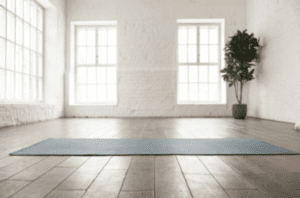
Bluestem Understands How Wellness Impacts Your Home (And Your Life)
Hopefully, these ideas will help inspire you as you think about creating your own personal wellness space. When you’re ready to talk about bringing your ideas to life, set up a consultation with our Bluestem team.
Our strategic design methods and artistic approach to remodeling prioritizes your mental well-being and aims to create synergy in your home. By focusing on both functionality and aesthetics, we create spaces that meet each homeowner’s specific needs and strive to create spaces that are uniquely yours.
Related Reading:
Creating Synergy in the Home: Part 1
Creating Synergy in the Home: Part 2

